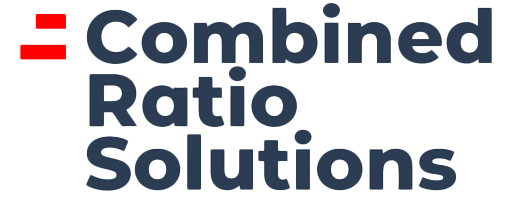
Your insurance software vendor has you trapped in a financial death spiral. Every year, they increase prices while you watch helplessly as software maintenance devours your IT budget. But what if we told you the entire business model is a scam – and there’s a proven way out?
The $291 Billion Dollar Elephant in the Server Room
Let’s start with a number that should make every executive’s blood pressure spike: According to Astera (2024), maintaining legacy systems consumes 70% of an organization’s IT budget.
Sit with that for a moment. Seven out of every ten dollars you spend on technology goes to keeping old systems running. Not innovating. Not improving customer experience. Not gaining a competitive advantage. Just… maintaining.
According to HG Insights (2025), the insurance industry will spend $291 billion on IT over the next 12 months. That’s not a typo – nearly $300 billion collectively poured into technology, with 70% of it vanishing into the black hole of legacy system maintenance.
Now, this 70% includes specialized COBOL programmers and aging mainframe infrastructure, not just software licensing. Here’s what makes licensing fees particularly infuriating: unlike necessary personnel and infrastructure costs, licensing fees provide zero additional value. You’re paying rent on functionality you already own.
But here’s the kicker: You’re paying premium prices for commodity software. Policy administration, claims processing, billing – these aren’t proprietary rocket science. They’re standard functions every insurer needs. Yet legacy vendors have convinced you their version is special enough to warrant millions in annual licensing fees.
Why Your Combined Ratio Will Never Hit Target (While You’re Paying Software Licensing Fees)
Here’s what your legacy vendor doesn’t want you to know: The entire P&C insurance industry just achieved its best Combined Ratio performance in over a decade. According to Carrier Management (2025), the industry’s aggregate 2024 combined ratio hit 96.5% – the lowest since 2013.
But if you’re still shelling out 1-3% of your Gross Written Premium on software licensing, you’re starting the race with cement shoes.
Think about it: If your Combined Ratio target is 95% and you’re burning 2% of GWP on software licenses alone, you need to run your actual operations at 93% efficiency. That’s not just difficult – it’s nearly impossible in today’s market.
The math is simple:
- Industry leaders are hitting 96.3% Combined Ratios
- You’re paying 1-3% of GWP for software
- Your competitors using open-source pay 0% for licensing
- That’s a 1-3 point Combined Ratio disadvantage before you even open for business
The Vendor Lock-in Playbook (And Why It’s Working Perfectly)
According to McKinsey (2024), carriers using commercial off-the-shelf (COTS) platforms “often have issues capturing the full potential of new systems.” Translation: Even when you pay millions for “modern” solutions, you’re still locked into the vendor’s vision of how insurance should work.
The vendor lock-in playbook is elegant in its evil:
- The Hook: Promise a comprehensive solution that will solve all your problems
- The Integration: Make your entire operation dependent on their ecosystem
- The Squeeze: Annual price increases, because where else are you going to go?
- The Ransom: Want to leave? That’ll be 12-24 months and millions in migration costs
Here’s what every modern vendor won’t tell you: they all have the same features now. Cloud-native? Check. API-driven? Check. Modular components? Check. When everyone promises the same thing, features aren’t differentiators anymore. Price, speed, and service quality are.
Meanwhile, McKinsey found that management decisions – not company size or market position – account for 81% of cost differences among P&C insurers. In other words, your vendor choice matters more than almost any other decision you’ll make.


